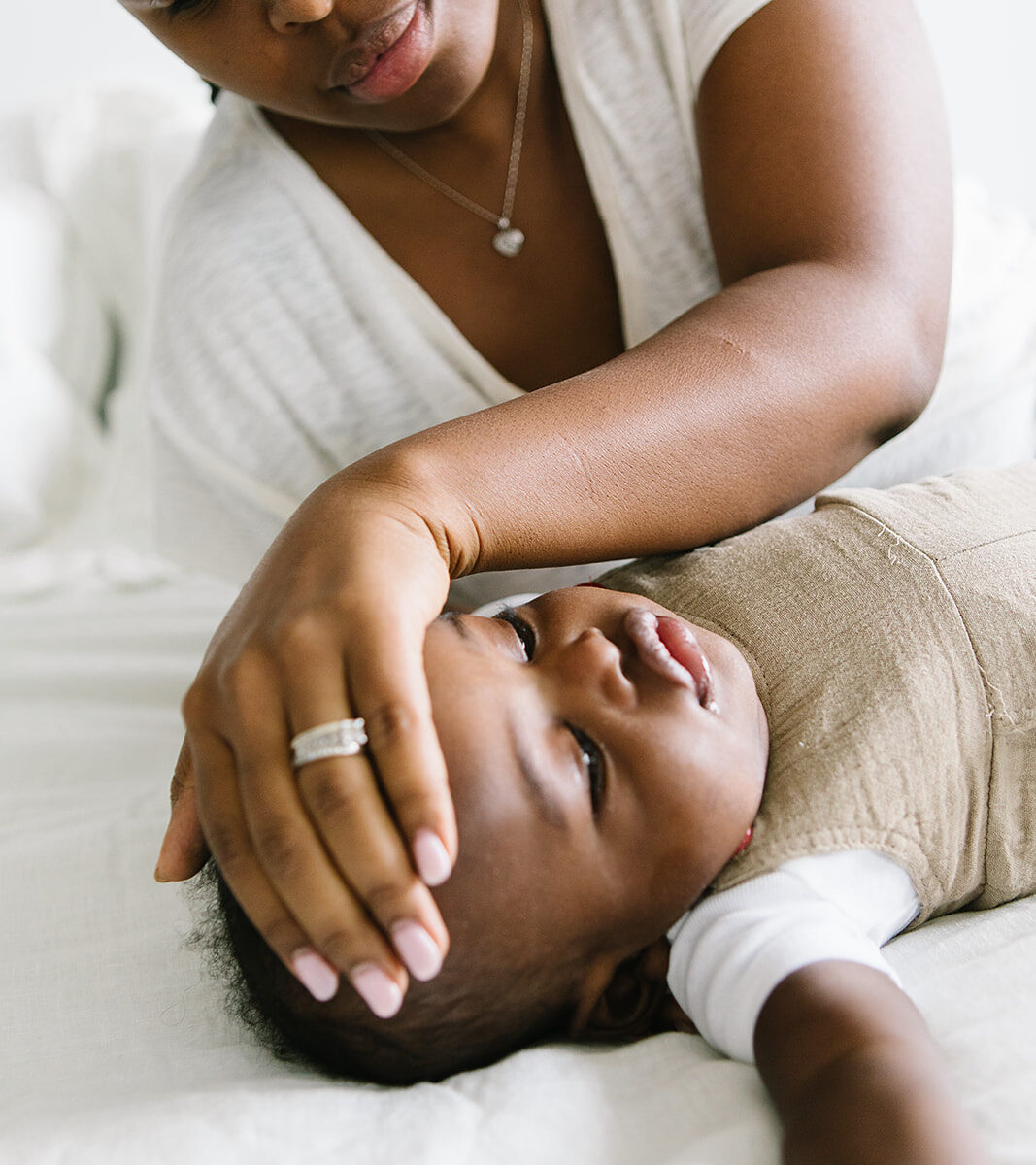It’s the middle of the night, and your baby wakes up screaming. Or it’s the middle
of the day, but something just feels off. What do you do? What do you look for?
Red Flags for Newborns:
- No urinating in the first 24 hours or no bowel movement in the first 48 hours.
- Odor, drainage, or bleeding from the umbilical cord.
- Worsening yellowing (jaundice) of the skin on the chest, arms, legs, or whites of their eyes.
- Crying or irritability that does not get better with cuddling and comfort.
- Baby’s appetite seems low and/or their ability to suck becomes poor or weak.
- A sleepy baby who cannot be awakened enough to nurse or bottle feed.
- Fever: A rectal or forehead temperature of 100.4 F or greater or an armpit temperature of 99 F or greater.*
- Breathing too fast: A rapid breathing rate of more than 60 breaths per minute. Newborns normally will have irregular respirations, so you need to count for a full minute. There should be no pauses longer than about 10 seconds between breaths.
- Pulling in of the ribs when taking a breath.
- Blue coloring that does not go away.
- Wheezing, grunting, or whistling sounds while breathing.
- Vomiting, especially if it is green or yellow in color.
- Any other signs of sickness, such as coughing, diarrhea, or pale color.
Every child is different, but if you see any of these signs or symptoms, call your physician or healthcare provider to check in.
*Use a digital thermometer to check your child’s temperature, not a mercury thermometer. For infants, if you use a rectal thermometer, follow the directions precisely as they may accidentally perforate the rectum and pass on germs from the stool. If you are not comfortable with this, use another method, such as a forehead or armpit thermometer. Ear temperatures are not accurate before six months of age, and don’t take an oral temperature until your child is four years old.
Source: Children’s Hospital of Philadelphia, Stanford Children’s Health


